ID warm season grass
Spectrograph (NC 7b)
9 years ago
Related Stories
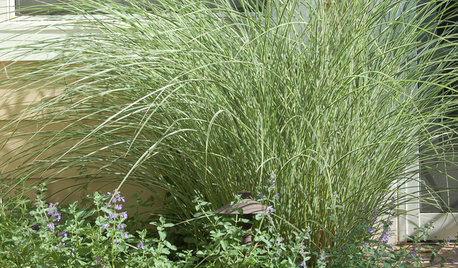
GARDENING AND LANDSCAPING5 Smokin' Warm-Season Grasses
Beat the heat with beautiful grasses that help your landscape shine from summer through fall
Full Story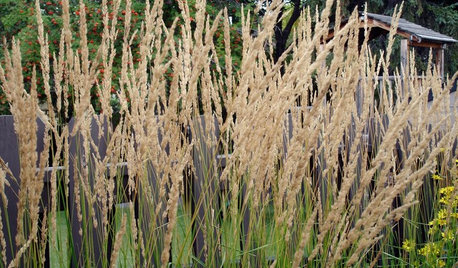
GARDENING AND LANDSCAPING5 Hot Cool-Season Grasses
Chill out this spring with resilient grasses that will kick-start your garden and may just last all year
Full Story0
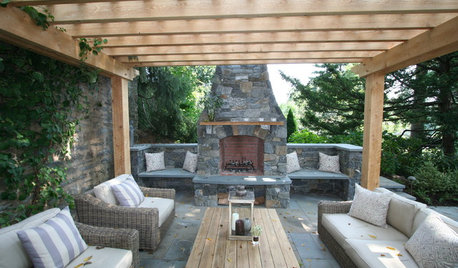
GARDENING AND LANDSCAPING3-Season Rooms: Fire Warms a Pergola-Covered Pennsylvania Patio
Amish-milled lumber and local bluestone set off a focal-point fireplace beautifully in this comfy outdoor living space
Full Story
GARDENING GUIDESGreat Design Plant: Purple Needle Grass, California’s State Grass
The long-lived, drought-tolerant Stipa pulchra is as admired for its benefits as for its good looks
Full Story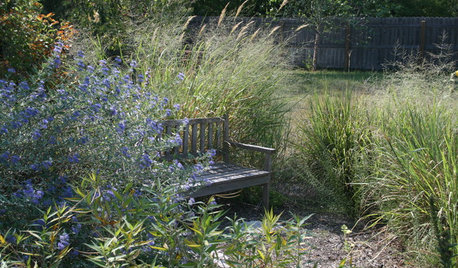
GARDENING GUIDESGreat Design Plant: Indian Grass
Bring whispers of prairie winds to your garden with this swaying native grass that stands tall all winter
Full Story
GARDENING GUIDES6 Dependable Ground Covers for Warm Climates
Swap some lawn for these drought-tolerant clumping plants — and watch your maintenance efforts diminish while they easily grow
Full Story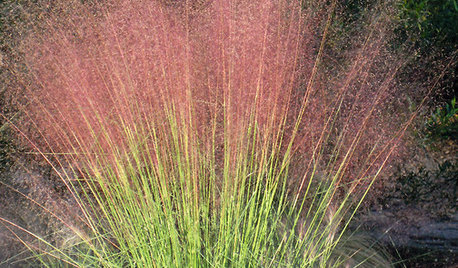
SUMMER GARDENINGGreat Design Plant: Pink Muhly Grass
Bring billowing clouds of pink to your yard with this heat-tolerant, sun-loving ornamental grass
Full Story
GRASSES10 Ways to Use Ornamental Grasses in the Landscape
These low-maintenance plants can add beauty, texture and privacy to any size garden
Full Story
LANDSCAPE DESIGNIs It Time to Consider Fake Grass?
With more realistic-looking options than ever, synthetic turf can be a boon. Find the benefits and an installation how-to here
Full Story
GARDENING GUIDES5 Great Grasses for a New Lawn
Learn about maintenance, wear tolerance, ideal climate and more for these top turf choices to pick the right one for you
Full Story







Spectrograph (NC 7b)Original Author
Spectrograph (NC 7b)Original Author
Related Professionals
Wrentham Landscape Architects & Landscape Designers · Marina Landscape Architects & Landscape Designers · Rancho Palos Verdes Landscape Architects & Landscape Designers · Saint Louis Park Landscape Architects & Landscape Designers · Addison Landscape Contractors · Hayden Landscape Contractors · Mesa Landscape Contractors · Middle River Landscape Contractors · Pacifica Landscape Contractors · Paso Robles Landscape Contractors · Ramsey Landscape Contractors · Wayland Landscape Contractors · Woodbury Landscape Contractors · Tyngsboro Landscape Contractors · Thousand Oaks Swimming Pool Buildersjoneboy
Spectrograph (NC 7b)Original Author
joneboy
Spectrograph (NC 7b)Original Author
Spectrograph (NC 7b)Original Author
joneboy
Spectrograph (NC 7b)Original Author
Spectrograph (NC 7b)Original Author
Spectrograph (NC 7b)Original Author
Spectrograph (NC 7b)Original Author
joneboy
Spectrograph (NC 7b)Original Author